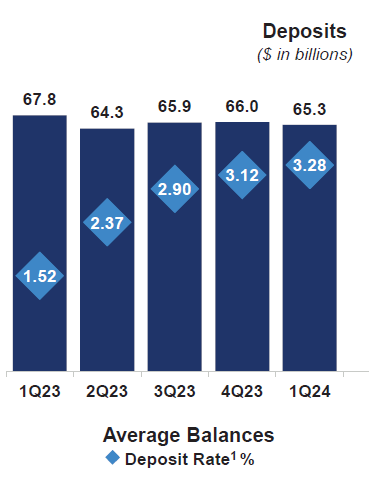Title: “Tropical Storm Khanun Brings Heavy Rainfall and Evacuations to South Korea”
Introduction:
Tropical Storm Khanun unleashed intense rainfall in South Korea, causing widespread flooding and triggering evacuations. The storm made landfall on the mainland, resulting in roads turning into rivers and prompting authorities to shut down motorways, streets, and public parks. With the capital and other urban centers in its path, Khanun’s torrential downpours have forced thousands of residents to leave their homes. Emergency workers are grappling with flooding and landslides as they respond to the growing crisis.
The southern areas of South Korea have already received over a foot of rain due to the storm. The heavy downpours have led to reports of flooding and landslides, necessitating urgent action. Thousands of people, particularly in the southern coastal regions, have been evacuated, and this number is expected to rise as the rains persist and water levels in rivers and streams continue to rise.
As of now, there have been no storm-related deaths or injuries reported, according to the Ministry of the Interior and Safety. However, officials are taking no chances and have closed down hundreds of roads, motorways, and public parks. Text alerts have been sent out to warn citizens about the dangers posed by Tropical Storm Khanun, especially in light of the recent flash floods and landslides that claimed dozens of lives in the country.
Tropical Storm Khanun made landfall near the southeastern port city of Geoje in the morning and has since been moving towards the southeastern inland city of Andong. Although its strength has slightly diminished, the storm still packs maximum winds of 104 kph (64 mph) while moving at a speed of 38 kph (23 mph). According to meteorologists, Khanun is expected to relentlessly bring powerful rains and winds as it traverses the Korean Peninsula, with its eye brushing the densely populated Seoul metropolitan area, home to half of South Korea’s 51 million inhabitants. Even as it heads into North Korea on Friday, the Seoul region is projected to still face the impact of the storm until Friday afternoon.
Over the past day, the storm has dumped nearly 35 centimeters (14 inches) of rain in the southern mainland cities of Changwon and Yangsan. In response, emergency workers in Changwon have been conducting rope rescues for pedestrians stranded on flooded roads. Landslides have also occurred, blocking motorways with debris. Residents and business owners have taken preventative measures, such as blocking doors with sandbags and installing flood shields to protect infrastructures, including a major seafood market. In Geoje, emergency personnel assessed the damage caused by strong winds, which resulted in smashed and damaged vehicles in a parking lot.
Coastal Busan, South Korea’s second-largest city, has experienced flooding that led to the closure of several motorways. Emergency workers have been working tirelessly to clear uprooted trees, repair destroyed walls and fences, and address other damages. One public park in the Yeonje district has been submerged due to the rising waters. Neighboring cities and towns, including Gimhae, Ulsan, Pohang, and Gimcheon, have also issued flood warnings for areas near rivers and streams flowing through urban districts.
In Gangwon province, an eastern mountainous region, authorities are highly concerned about the potential impact of the storm, predicting rainfall exceeding 50 centimeters (20 inches) in some areas. Officials in the seaside county of Yangyang have alerted residents living near at-risk streams to find shelter. Additionally, workers have been repairing a collapsed embankment that has disrupted a major motorway.
The aftermath of Tropical Storm Khanun is significantly impacting transportation in South Korea. Over 380 flights have been grounded, ferry services have been halted, and approximately 60,000 fishing vessels have been called back to port due to the hazardous conditions.
It’s worth noting that Tropical Storm Khanun had previously wreaked havoc on southern Japanese islands for more than a week, causing power outages and disrupting transit. In response to the approaching storm, the World Scout Jamboree in South Korea, which had been taking place at a coastal campsite, was evacuated. The 37,000 Scouts were relocated to various facilities in Seoul and nearby areas. However, organizers have made the decision to proceed with a K-Pop concert that will accompany the Jamboree’s closing ceremony, despite the ongoing weather challenges.
In conclusion, Tropical Storm Khanun continues to ravage South Korea with relentless rainfall and the risk of flooding and landslides. Authorities are working diligently to respond to the crisis, but the storm’s impact on transportation, infrastructure, and the safety of residents remains a major concern.














